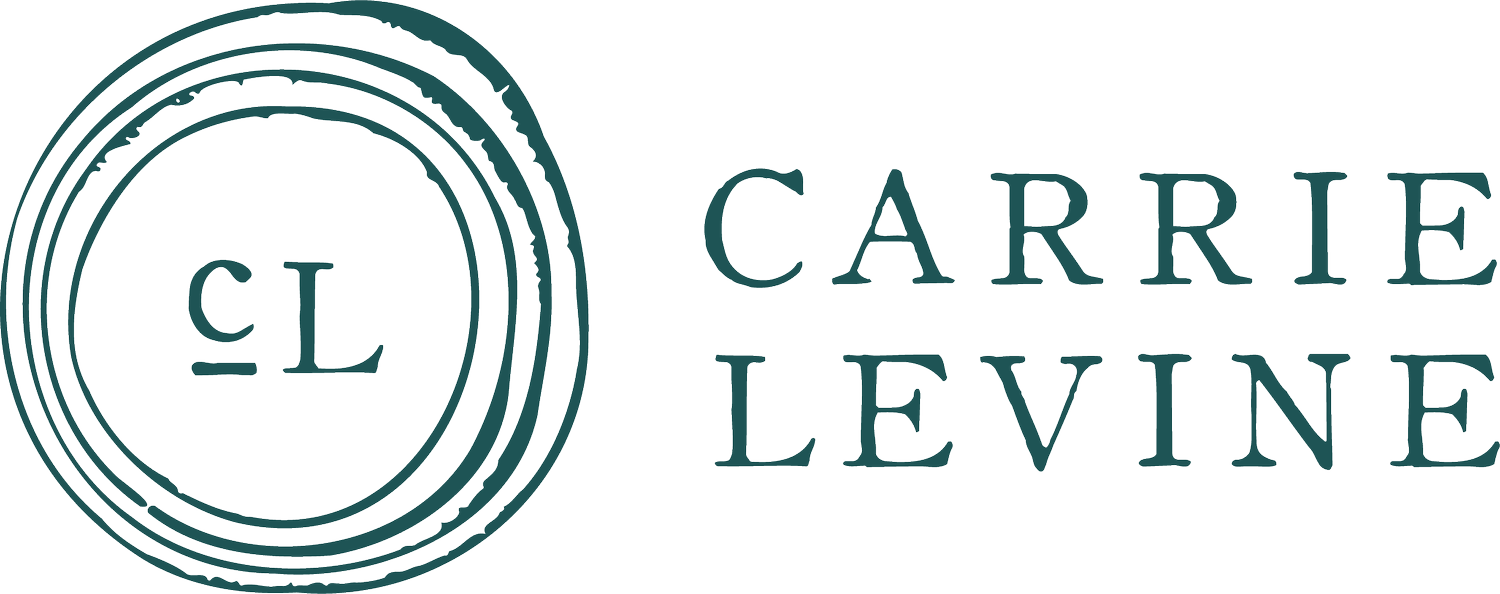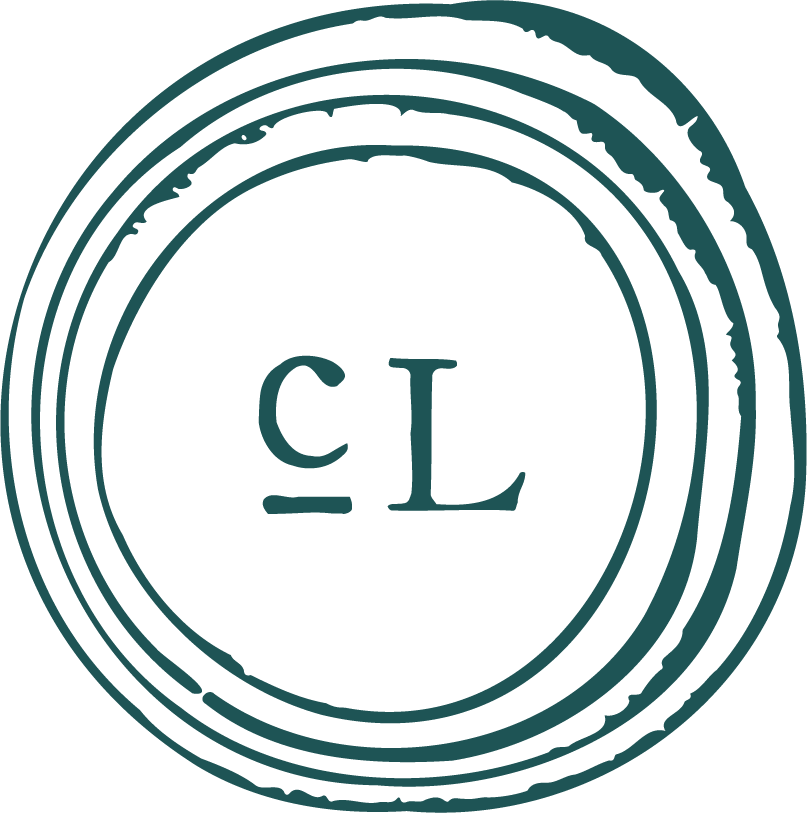Personalizing Healthcare: Wearable Tech's Promise and Pitfalls
Every year I look forward to attending the annual Institute for Functional Medicine convention. I reliably get an infusion of cutting-edge, clinically applicable information. As I sit in sessions, patients scroll through my mind as I think about how I can better take care of them. I scribble notes in the margins of my notebooks of pearls I want to pass along. I make lists of research studies and books to read. I brainstorm how I can improve my practice. My intention with upcoming blogs is to share with you some of the pearls I learned at the last convention.
Transforming Healthcare with Deep Data and Remote Monitoring was presented by Dr. Mike Snyder from the Stanford University School of Medicine. He is a bioinformatics expert and has developed numerous wearable technologies. Wearable technologies such as Fit Bits, Apple watches, Whoop bands, and Oura rings, are a way to get individualized health information including and not limited to heart rate variability, body temperature, oxygen saturation rate, and sleep.
Snyder speaks to the value of knowing our own individual baselines in order to optimize our health.
Health is a product of our genome – all of our genetic material and our exposome – the environmental exposures we encounter over the course of our lives. There are huge variations in normal between individuals because of the interplay between our genome and our exposome. For example, Snyder referenced a study in which baseline oral temperatures in over 2,000 individuals ranged from 94.6 to 99.1. 98.6 F may, in fact, not be normal for you, and using technology can help identify a more personalized baseline. Adhering to generalized norms may ultimately result in missed opportunities for early detection and prevention of diseases, from Lyme to diabetes.
Knowing our own baselines may not only behoove us regarding early detection and prevention of disease; it may optimize our health now.
Genomic testing is available directly to consumers for approximately $100, though it can cost more than that to have the test interpreted by a medical professional. Wearable technologies provide information that can help improve fitness, sleep, and stress management. Microsampling, like that done through wearing a continuous glucose monitor, can teach us what happens to our blood sugar when we have a bagel, an egg, or a cocktail. We can use our individualized health information to make educated choices either in favor of, or against optimal health. What a banana does in one person’s body may not be what a banana does in all people’s bodies.
I am simultaneously intrigued by and adverse to biohacking, or do-it-yourself technology. I accept this may not make me the most cutting-edge, progressive, woke practitioner out there. I see the potential for how information from wearable technologies can incentivize people to change their lifestyles and improve their health. I can see how information about my heart rate variability, VO2 max, and sleep might motivate me to breathe a little deeper, run a little further or a little faster, or change my sleep habits, that may optimize my health.
I also see the potential for how the information can encourage people to shift from paying attention to how they feel to processing data. I think there is a real potential danger in that. I can also see the potential for hyperfocusing on the information in an unhealthy way.
If attaining one of these technologies is an option for you, I encourage you to pursue it while maintaining an earnest sense of curiosity. I saw a woman in the clinic this week who knows a lot and has done a lot in an effort to stabilize her insulin and glucose, decrease inflammation, and lose weight without success. We talked about the potential benefit of continuous glucose monitoring for her. I think it may be helpful for her to understand what effect stress has on her glucose and insulin, not to mention what she eats and how she moves. Knowing her insulin and glucose may help her take some of the general recommendations she has followed and personalize them, hopefully with better results. The proof will be in the pudding.


